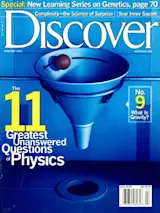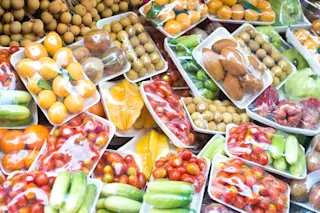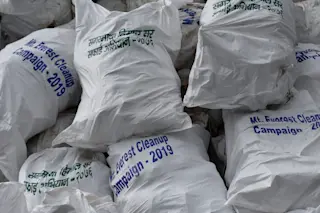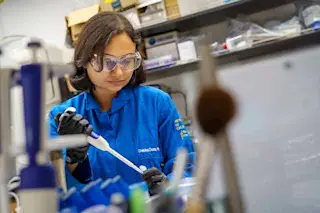Last September, NASA launched the QuikTOMS satellite to keep a close eye on Earth's ozone layer. But a rocket malfunction 83 seconds into the flight sent the spacecraft into a useless orbit and threw scientists into a small panic. They now have to rely on increasingly shaky data from QuikTOMS's aging predecessor, the 6-year-old TOMS (Total Ozone Mapping Spectrometer) satellite, to monitor the battered ozone shield that protects us from harmful ultraviolet rays.
Ultraviolet is similar to visible light, but its wavelength is shorter. The band of ultraviolet rays having wavelengths from 400 to 320 nanometers—just beyond the blue end of the rainbow—is called UV-A. This radiation, which easily penetrates our atmosphere, is increasingly linked to malignant melanoma. Next comes UV-B, running from 320 to 280 nanometers. It produces sunburn and skin cancers but is restrained by the ozone layer. The most energetic ultraviolet radiation, UV-C, has the shortest wavelengths, ...














